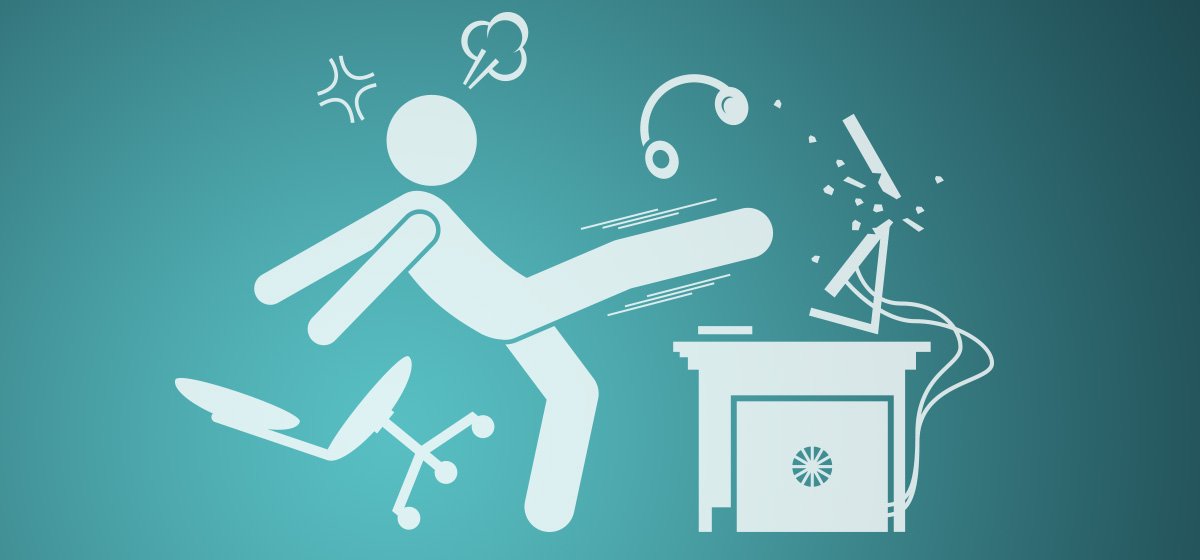W3 Total Cache – Total Removal
W3 Total Cache is an awesome plugin, but it's not for everyone. Here's how to completely remove this plugin from your WordPress website manually, using FTP.

A fast website is critical these days and W3 Total Cache is pretty darn good at speeding up your typical WordPress website. However, a lot of what this plugin does to make your site so fast is touch all sorts of other things like your .htaccess file, wp-config.php config file, and much more. Deactivating and deleting the plugin usually removes all this stuff, but what if there’s a problem? Here’s what you’ve gotta do to completely and totally remove W3 Total Cache from your WordPress website–manually.
Deactivate via FTP
In this article, let’s assume things have gotten SO bad you can’t even login to the WordPress admin. First off, let’s disable the plugin manually via FTP.
- Login to your site via FTP
- Go to /wp-content/plugins/w3-total-cache/
- Rename that directory, something like “/w3-total-cache-disabled/”
WordPress will automatically “disable” the plugin, now that it’s directory can’t be found. Now, let’s start cleaning up the mess its made.
Disable in WP-Config.php
Open your wp-config.php file in the root of your WordPress installation and delete the following line:
define('WP_CACHE', true);If you don’t see it, that’s cool. W3 Total Cache may have already removed it for you.
Clean up the mess
Navigate to inside your /wp-content/ subdirectory and delete the following files (“Drop-ins”) and plugin-generated folders.
- /wp-content/upgrade/
- /wp-content/cache/
- /wp-content/w3tc-config/
- /wp-content/advanced-cache.php
- /wp-content/db.php
- /wp-content/object-cache.php
If you don’t see all of these, that’s ok too. You may never have enabled the option to create all of them in the first place.
Now, we gotta remove all that stuff it added to our server configuration file, .htaccess. Open the file and save it as a backup text file, like htaccess-backup.txt. You never know. You might want to add some of the optimization settings back in manually.
Then, located the part of the file that’s surrounded with a WordPress.
# BEGIN WordPress
{Stuff NOT to be deleted}
# END WordPressDelete everything above and below those comments. Remember, you have a backup of the file you can reconcile later. For example, you might want to add back in some of the stuff to leverage browser caching, enabling GZIP, and others. Here’s an article all about performance boosts from .htaccess settings that you might find useful.
Hope that helps
If everything was fine, simply deactivating and deleting the plugin should fire the uninstall.php script which does all this for you. But, if everything was fine, you probably wouldn’t be trying to remove the plugin–or reading this support article.
Still having trouble? Ask the WordPress super-nerds at JDM Digital for a little help.
Get Support
Nobody's perfect. If you need a little help, request support from the super-nerds at JDM Digital.
Any information you provide here will be kept confidential and only used for this purpose.